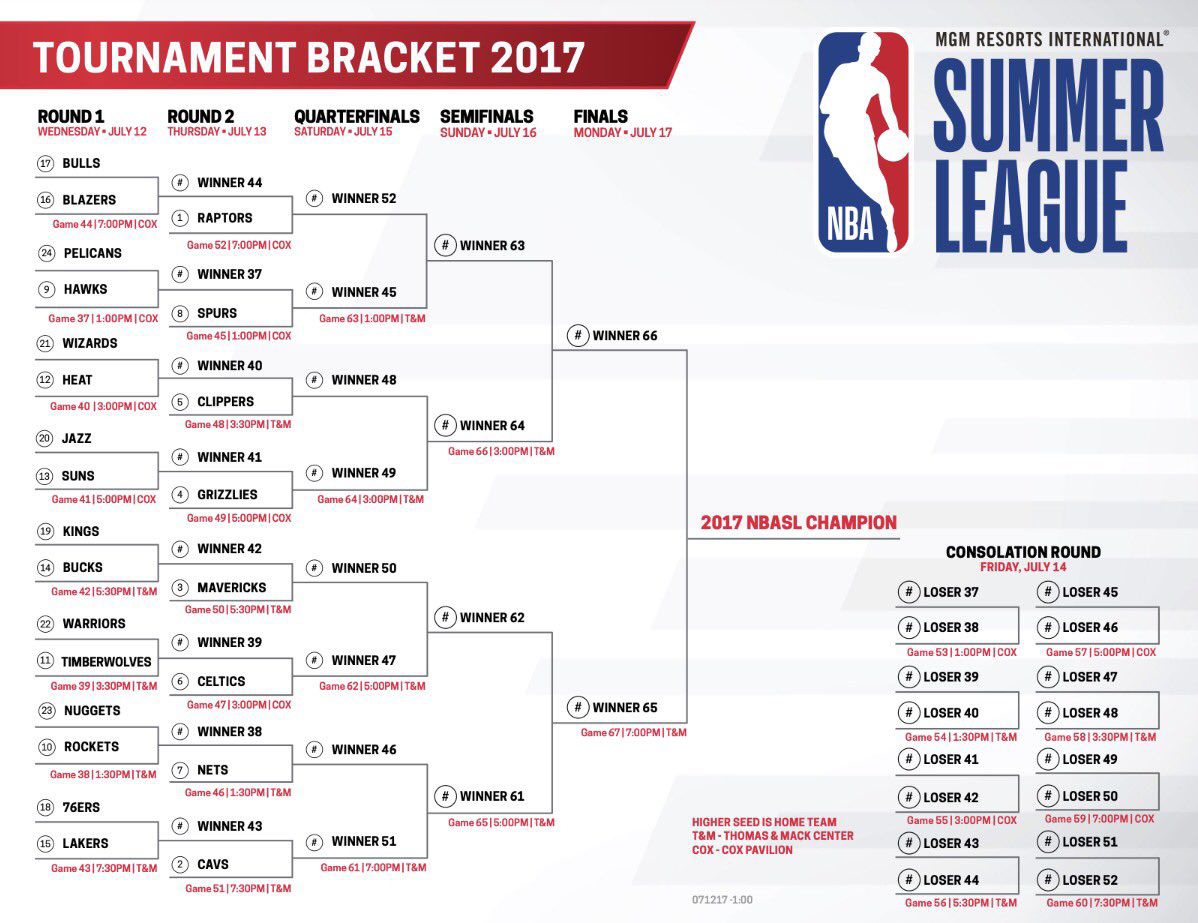Are you curious about the summer league schedule? Whether you’re a sports enthusiast, a parent, or someone seeking exciting summer activities, understanding the ins and outs of summer leagues is key. From game timings to team lineups, there’s so much to explore! Let’s dive into the details and make sense of what a summer league schedule truly offers.
What is a Summer League?
Summer leagues are organized sports programs designed to keep the competitive spirit alive during the off-season. They’re a perfect blend of fun, practice, and skill-building. Typically held during the warmer months, these leagues cater to:
- Youth players honing their skills.
- Amateur athletes looking for more playtime.
- Professional players seeking to stay sharp during breaks.
These leagues aren’t just about sports; they’re about teamwork, friendships, and unforgettable experiences.
Why is the Summer League Schedule Important?
The summer league schedule is more than just a list of games and events. It’s a roadmap for participants, coaches, and fans. Here’s why it matters:
- Consistency: Helps players stay committed and prepared.
- Organization: Ensures smooth coordination among teams.
- Excitement: Builds anticipation for big matchups.
- Opportunities: Allows players to showcase their talents.
Knowing the schedule means you’re always in the loop, ensuring you never miss a moment of action.
How is the Summer League Schedule Created?
Crafting a summer league schedule is no small feat. It involves multiple steps to ensure fairness and enjoyment for everyone. Here’s a glimpse into the process:
Step 1: Team Registration
- Teams sign up, providing details like player rosters and skill levels.
- Organizers assess the number of teams and categorize them by age or experience.
Step 2: Venue Selection
- Suitable locations, like gyms, fields, or courts, are chosen.
- Availability is coordinated with local facilities.
Step 3: Game Matching
- Teams are paired based on skill to ensure competitive games.
- Rest periods and travel times are factored into the schedule.
Step 4: Publishing the Schedule
- A finalized schedule is shared through websites, apps, or flyers.
- Any adjustments are communicated promptly to all stakeholders.
Key Features of a Summer League Schedule
A good summer league schedule has certain must-have elements:
- Dates and Times: Clear game timings and dates to avoid confusion.
- Locations: Specific venues for each game or event.
- Teams: Listed matchups to help fans track their favorites.
- Rules and Guidelines: Details about game duration, player eligibility, and more.
- Contact Information: Organizers’ details for quick problem resolution.
Benefits of Following the Schedule
Why stick to the schedule? Because it’s a game-changer! Here are the benefits:
- Improved Time Management: Helps participants plan their other activities.
- Enhanced Team Performance: Consistency builds momentum and morale.
- Greater Fan Engagement: Spectators can plan their attendance.
- Community Building: Brings people together through shared excitement.
Types of Sports in Summer Leagues
The variety of sports in summer leagues ensures there’s something for everyone. Popular options include:
- Basketball: Fast-paced action that keeps players on their toes.
- Soccer: Perfect for building endurance and teamwork.
- Baseball: A classic summer pastime loved by all.
- Tennis: Great for one-on-one or doubles competition.
- Swimming: Ideal for beating the heat while staying active.
Tips for Making the Most of the Summer League Schedule
Want to stay ahead of the game? Here are some handy tips:
- Mark Your Calendar: Highlight key games and events.
- Stay Updated: Regularly check for changes or updates to the schedule.
- Pack Essentials: Always have water, gear, and snacks ready.
- Encourage Team Spirit: Support teammates and celebrate wins together.
- Balance Commitments: Manage other activities around the schedule.
Sample Summer League Schedule
Here’s an example of what a typical schedule might look like:
| Date | Time | Game | Venue |
| June 15 | 4:00 PM | Team A vs. Team B | Main Stadium |
| June 17 | 6:30 PM | Team C vs. Team D | West Court |
| June 20 | 3:00 PM | Team E vs. Team F | East Field |
| June 22 | 5:00 PM | Team G vs. Team H | North Arena |
| June 25 | 7:00 PM | Team I vs. Team J | South Center |
This sample showcases how games are spaced out to accommodate players and fans alike.
Common Challenges and How to Overcome Them
Like any event, summer leagues come with their fair share of challenges. Here’s how to tackle them:
- Weather Delays: Always have a backup plan for outdoor games.
- Schedule Conflicts: Communicate early to resolve overlaps.
- Player Availability: Maintain a roster of substitute players.
- Venue Issues: Double-check bookings to avoid last-minute surprises.
How to Stay Updated on the Summer League Schedule
With technology at your fingertips, staying informed is easier than ever. Here’s how you can keep up:
- Official Websites: Most leagues post their schedules online.
- Social Media: Follow league pages for real-time updates.
- Mobile Apps: Use dedicated apps for instant notifications.
- Email Alerts: Subscribe to newsletters for regular updates.
Wrapping It Up
A well-organized summer league schedule is the backbone of any successful league. It ensures that players, coaches, and fans enjoy a seamless and thrilling experience. By staying informed and prepared, you can make the most of every game and event.
So, gear up, stay committed, and get ready to enjoy the best summer league season yet. Whether you’re on the field or cheering from the stands, there’s something magical about summer leagues that brings everyone together. Don’t miss out—check your summer league schedule today and let the games begin!
You may also read
atlanta hawks vs golden state warriors match player stats
